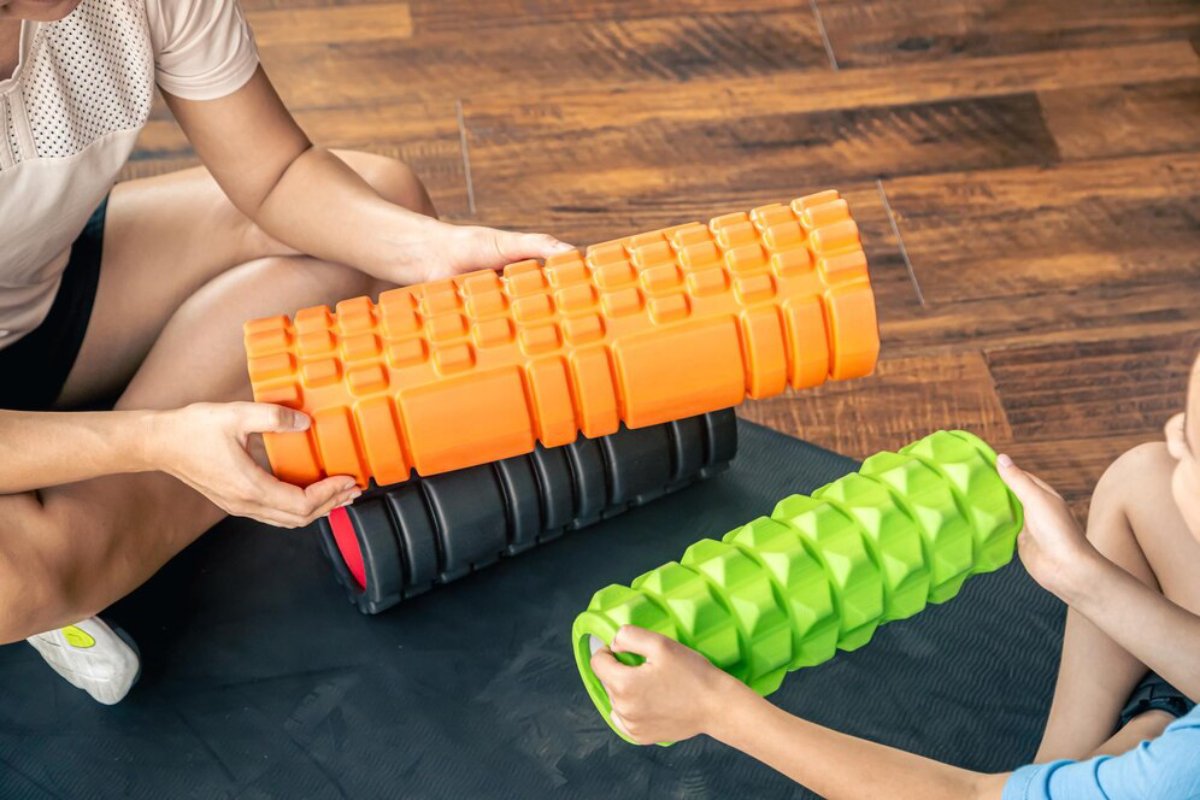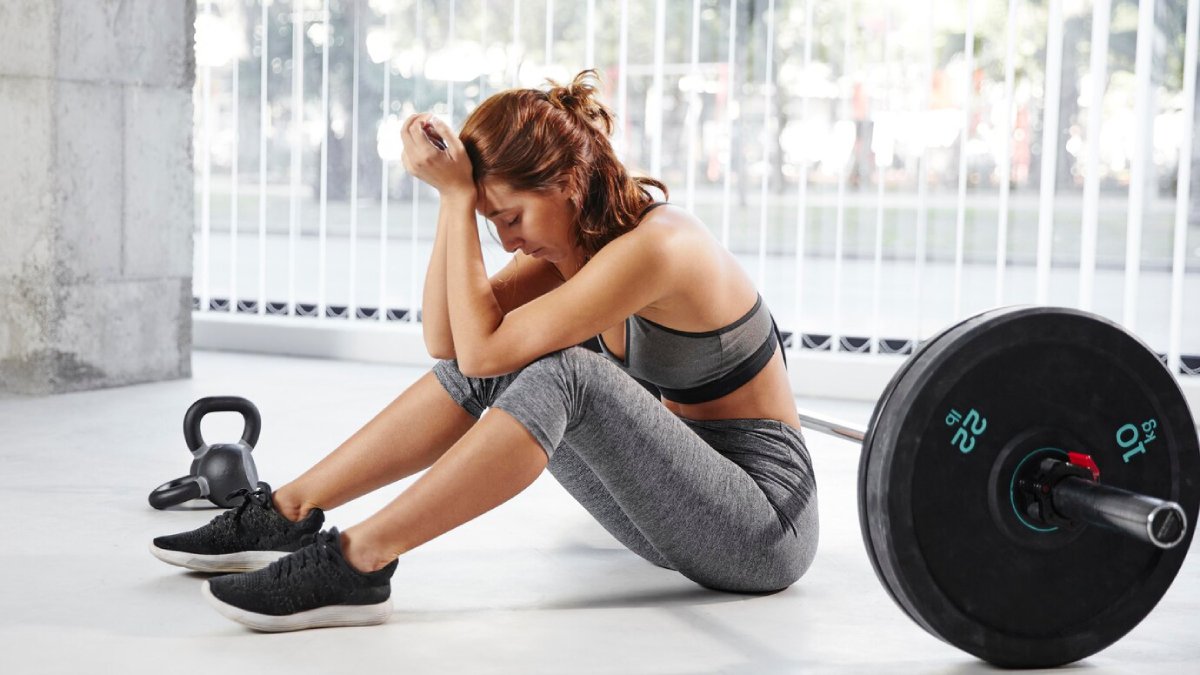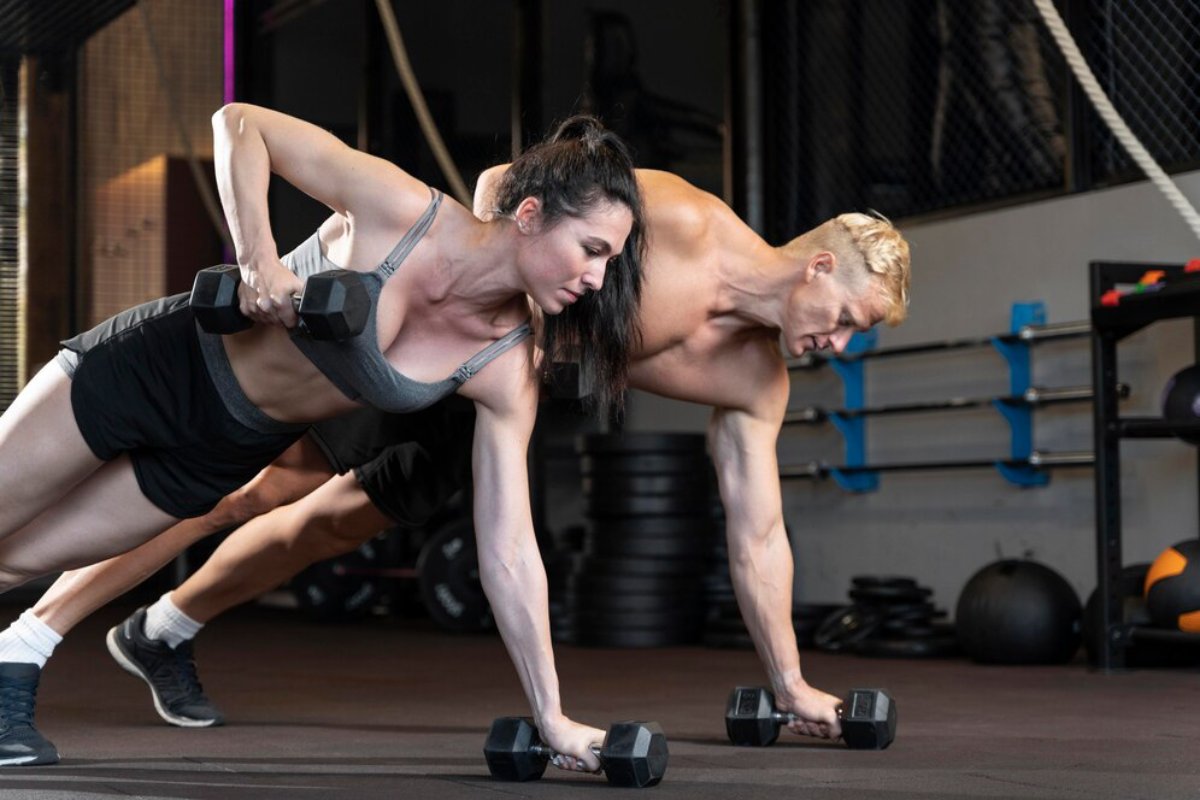
Foam Rolling Benefits for Muscle Recovery
If you’ve ever felt like your muscles are protesting after a strenuous day, you’re in good company. Muscle soreness is a badge of honour for your hard work. Yet recovery can be a breeze, not a battle. Enter foam rolling—your secret weapon against post-workout discomfort. Athletes, fitness fans, and physical therapists love this simple, effective method. Embrace the role and say goodbye to stubborn soreness!
Post-workout, foam rollers are your muscles’ best friends. This self-myofascial release tool nurtures recovery like a soothing balm. Not only does it help stave off injuries, but it also stretches flexibility and elevates performance. Let’s roll into the fascinating science behind foam rolling. It’s a secret weapon in your recovery arsenal!
What Is Foam Rolling?
Foam rolling is your ticket to muscle relief and rejuvenation. This self-myofascial release (SMR) technique uses your body weight and a foam roller. Pressing on tight or sore muscles releases stubborn knots and eases tension. As a fantastic bonus, blood flow blossoms and recovery soars. Say goodbye to soreness and hello to invigorated muscles!
Foam rolling: the pre-and-post workout best friend of athletes everywhere. This handy technique relaxes muscles. It works for both weekend warriors and seasoned pros. Tailor it to each body area, unlocking the secrets of recovery. Roll away tension and embrace flexibility with every glide.
Key Benefits of Foam Rolling
1. Accelerated Muscle Recovery
Foam rolling boosts blood flow to the muscle, bringing in nutrients and oxygen needed for tissue repair. It also helps clear out metabolic waste, like lactic acid, which builds up during workouts and contributes to soreness.
Key takeaway: Faster circulation = faster recovery.

2. Improved Flexibility and Mobility
Stiff muscles can limit your flexibility, increasing your injury risk. Regular foam rolling is your secret weapon against tension. It relaxes muscles and fascia, unlocking greater joint mobility. Experience better movement quality, and let your body flow freely!
Pro Tip: Foam roll before dynamic stretching. This will prepare your muscles for activity and make your warm-up more effective.
3. Reduced Muscle Soreness (DOMS)
Delayed Onset Muscle Soreness (DOMS) can hit 24–48 hours after a tough workout. Foam rolling after exercise helps reduce DOMS. It promotes muscle relaxation and restores balance in soft tissue tension.
4. Enhanced Performance
Foam rolling is your ticket to improved movement and fluidity. It melts away muscle tightness and stimulates blood flow like a gentle river. With each roll, expect better posture and a spot-on lifting form. This means more vigorous workouts and a delightful reduction in discomfort.
5. Injury Prevention Techniques
Chronic tightness or imbalances can lead to overuse injuries. Foam rolling identifies tender spots and addresses them before they become serious problems. It complements other injury prevention techniques like stretching and strengthening.
Important: Foam rolling doesn’t replace medical treatment for injuries. It works well with rehab or prehab strategies.
Foam Rolling vs. Stretching: What’s the Difference?
While both stretching and foam rolling target muscle recovery, they work differently:
| Foam Rolling | Stretching |
| Breaks up adhesions and knots | Lengthens muscle fibers |
| Improves blood flow | Enhances flexibility |
| Great for muscle soreness relief | Ideal for increasing range of motion |
| Best before or after workouts | Often used during cool-down or warm-up |
Best practice: Use foam rolling with dynamic stretching before your workout. Then, do static stretching afterwards for complete muscle care.

How to Foam Roll Effectively
1. Choose the Right Foam Roller
- Soft rollers are better for beginners or sensitive areas.
- Firm or textured rollers offer a deeper release. They are great for experienced users or tight muscle groups.
- Vibrating rollers offer advanced myofascial stimulation and are great for chronic soreness.
2. Start Slowly
Begin with small, controlled rolls over the muscle. Avoid rolling directly over joints or bones. When you find a sore spot, pause and breathe into it for 20–30 seconds to release the tension.
3. Focus on Major Muscle Groups
Common areas for foam rolling include:
- Quads
- Hamstrings
- Calves
- Glutes
- Upper back
- Lats
- IT Band (carefully)
4. Time Your Sessions
Spend 30–60 seconds per muscle group, repeating 2–3 times if needed. Foam rolling too long can irritate the tissue, so listen to your body.
Foam Rolling for Pre-Workout Warm-Ups
Foam rolling before a workout:
- Stimulates neuromuscular activation
- Reduces muscle tightness that can hinder form
- Improves circulation and range of motion
Example Routine:
- Quads
- Glutes
- Thoracic Spine
- Hamstrings
Pair this with dynamic warm-up exercises for the best performance results.
Foam Rolling for Post-Workout Recovery
After training, your muscles are inflamed and fatigued.
Foam rolling post-workout:
- Relaxes the nervous system
- Helps flush metabolic waste
- Reduces soreness and tightness
Example Routine:
- Calves
- Quads
- Lats
- Upper Back
Hydrate and follow up with light stretching for optimal recovery.
When NOT to Foam Roll
While generally safe, there are times when foam rolling isn’t advisable:
- Acute injuries or inflammation (e.g., sprains, torn muscles)
- Fractures or bone conditions
- Varicose veins or deep vein thrombosis
- Chronic pain conditions without medical guidance
If in doubt, consult a physical therapist before starting.
Incorporating Foam Rolling Into Your Routine
Consistency is key. Here’s how to easily include foam rolling into your fitness plan:
- Pre-workout: 5–10 minutes to warm up key muscle groups
- Post-workout: 10–15 minutes to unwind and recover
- On rest days: Use foam rolling to stay mobile and aid in active recovery
Try pairing foam rolling with mobility work, yoga, or walking for even better results.
Conclusion: Foam Rolling Benefits for Muscle Recovery
Foam rolling isn’t just a trend. It’s a science-based method. It helps recover muscles, boosts flexibility, and prevents injuries. Using this simple tool regularly can transform your wellness routine. It works best when you also stretch, stay hydrated, and get enough rest.
Whether you’re a fitness veteran or a fresh recruit, foam rolling is your secret weapon. This simple practice enhances performance and promotes long-lasting wellness. Roll away tension and set the stage for a stellar workout! Integrating foam rolling into your routine can make all the difference. It’s more than just recovery; it’s your ticket to a healthier, happier you.
So roll it out, breathe through the tight spots, and let your muscles thank you later.


